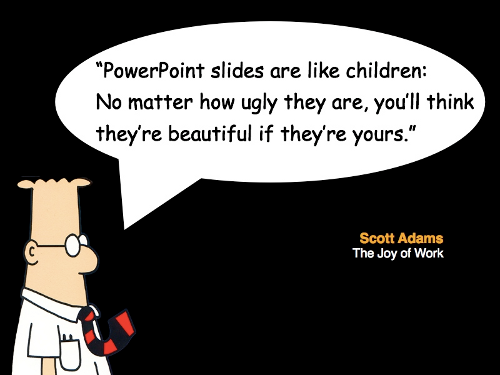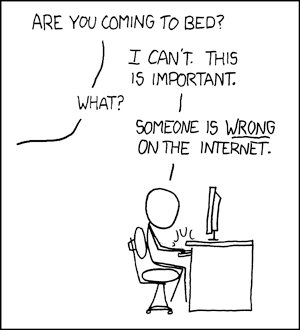Stick 12 – 15 of these into a sentence and you have yourself a NEW AGE Theory:
http://en.wikipedia.org/wiki/List_of_buzzwords
“The bleeding edge of the new convergence leads to the datafication of what was formerly thought of as Big Data in Safety Management. OBVIOUSLY, they were wrong. The NEW thinking is around Skeuomorphic Sensorization and Transmedia communication! How could it be ANY other way? Anyone with any sense has moved to this new way of thinking.”
Go ahead try it yourself! It’s fun!
Too bad people actually pretend to understand this random spewing of words into nonsense sentences. We need to expose this new age woo-woo that has NO substance AT ALL.
Open for discussion: Graham Hancock and Rupert Sheldrake from TEDxWhitechapel
Pseudoscience is alive and well EVERYWHERE… Safety management is not immune…look for it…and expose it for it is.
http://en.wikipedia.org/wiki/Pseudoscience
“Pseudoscience is a claim, belief or practice which is presented as scientific, but does not adhere to a valid scientific method, lacks supporting evidence or plausibility, cannot be reliably tested, or otherwise lacks scientific status.[1] Pseudoscience is often characterized by the use of vague, contradictory, exaggerated or unprovable claims, an over-reliance on confirmation rather than rigorous attempts at refutation, a lack of openness to evaluation by other experts, and a general absence of systematic processes to rationally develop theories.”
NONSENSE
http://en.wikipedia.org/wiki/Nonsense
Semi-intelligent BABBLE is really just babble.
Perhaps it’s just the Dunning–Kruger effect in action. they really don;t understand how silly they truly are.
If you’re incompetent, you can’t know you’re incompetent. […] the skills you need to produce a right answer are exactly the skills you need to recognize what a right answer is.
The phenomenon was first tested in a series of experiments published in 1999 by David Dunning and Justin Kruger of the Department of Psychology, Cornell University.[2][3] The study was inspired by the case of McArthur Wheeler, a man who robbed two banks after covering his face with lemon juice in the mistaken belief that it would prevent his face from being recorded on surveillance cameras.[4] They noted earlier studies suggesting that ignorance of standards of performance is behind a great deal of incompetence. This pattern was seen in studies of skills as diverse as reading comprehension, operating a motor vehicle, and playing chess or tennis.
Dunning and Kruger proposed that, for a given skill, incompetent people will:
- tend to overestimate their own level of skill;
- fail to recognize genuine skill in others;
- fail to recognize the extremity of their inadequacy;
- do recognize and acknowledge their own previous lack of skill, if they are exposed to training for that skill.[5]
Dunning has since drawn an analogy (“the anosognosia of everyday life”)[1][6] with a condition in which a person who suffers a physical disability because of brain injury seems unaware of or denies the existence of the disability, even for dramatic impairments such as blindness or paralysis.





 https://www.youtube.com/watch?v=6AmNI_P7SaA
https://www.youtube.com/watch?v=6AmNI_P7SaA